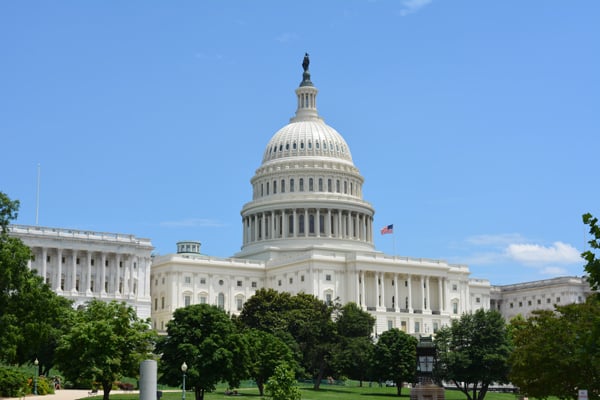US Legal Debt Ceiling
As the United States faces a mounting national debt, discussions surrounding the debt ceiling have become increasingly common. The debt ceiling is a legal limit on the amount of money that the US government can borrow to finance its operations.
What is the Debt Ceiling?
The debt ceiling is a statutory limit on the amount of money that the US government can borrow. It was first established in 1917 as part of the Second Liberty Bond Act, which was enacted to finance the US involvement in World War I. Essentially, the debt ceiling is a self-imposed limit on the amount of debt that the government can accumulate. Since it was introduced, the US debt has been increased at least 90 times in the 20th century alone. Every president since Herbert Hoover has raised the national debt.
Current Debt Ceiling and Its Raise
The current debt ceiling of the United States is $31 trillion. Joe Biden raised the debt ceiling to its current level in 2021. The debt ceiling has been raised numerous times throughout history, with the most recent increase occurring in 2019. A bill as passed recently to increase the debt limit by 1.5 trillion USD in exchange for steep cuts.
Implications of Hitting the Debt Ceiling
If the US hits the debt ceiling, the government may not be able to legally borrow money. To avoid defaulting on its obligations, the government has historically deployed “extraordinary measures,” which are essentially accounting maneuvers. These measures have been used at least 16 times since their inception.
If the US were to default on its debt, investors would lose confidence in the government’s ability to pay its bonds. Washington’s credit rating could also take a hit. The failure to meet the government’s obligations would cause irreparable harm to the US economy, the livelihoods of all Americans, and global financial stability.
Month: Current Affairs - May, 2023
Category: International / World Current Affairs


